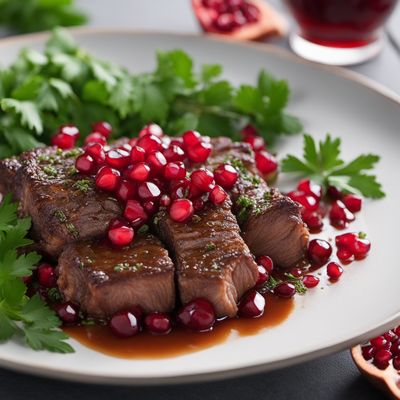
Ingredient
Sword bean (young pods)
The Versatile Bean of the Tropics
Sword bean's young pods are long, flat, and slightly curved, resembling a sword, hence the name. They have a crisp texture and a mildly sweet flavor with nutty undertones. These pods can be used in stir-fries, salads, or even pickled for a unique culinary experience.
Origins and history
Sword bean is native to tropical regions, including parts of Africa, Asia, and the Americas. It has a long history of cultivation and consumption in these areas, where it is valued for its nutritional benefits and adaptability to diverse growing conditions.
Nutritional information
Sword bean pods are a good source of dietary fiber, vitamins, and minerals. They are particularly rich in potassium, magnesium, and folate. Additionally, they are low in calories and fat, making them a healthy choice for those seeking a nutritious ingredient.
Allergens
Sword bean may cause allergic reactions in individuals who are sensitive to legumes. It is advisable to exercise caution and consult a healthcare professional if you have known legume allergies.
How to select
When selecting sword bean pods, look for ones that are firm, vibrant green, and free from blemishes or signs of wilting. The pods should snap easily when bent, indicating their freshness and tenderness.
Storage recommendations
To maintain the freshness of sword bean pods, store them in a perforated plastic bag or airtight container in the refrigerator. They can be kept for up to a week, but it is best to consume them as soon as possible for optimal flavor and texture.
How to produce
Sword bean plants can be grown in tropical or subtropical regions with warm temperatures and well-drained soil. They require a trellis or support structure for the vines to climb and thrive. Amateurs can cultivate sword bean plants in their gardens or containers.
Preparation tips
Sword bean pods can be prepared by blanching, stir-frying, sautéing, or even enjoyed raw in salads. They pair well with various ingredients like garlic, ginger, soy sauce, or citrus flavors. The young seeds inside the pods can also be cooked and used as a substitute for other beans or legumes.
Culinary uses
Sword bean pods are commonly used in tropical cuisines, particularly in Southeast Asia and the Caribbean. They are often stir-fried with vegetables, added to curries, or used in salads for their unique flavor and texture.
Availability
Africa, Asia, Americas
More ingredients from this category » Browse all

Vetches (with pods)
The Versatile Vetches: Pods Packed with Potential

Ervils (with pods)
The Versatile Legume: Ervils
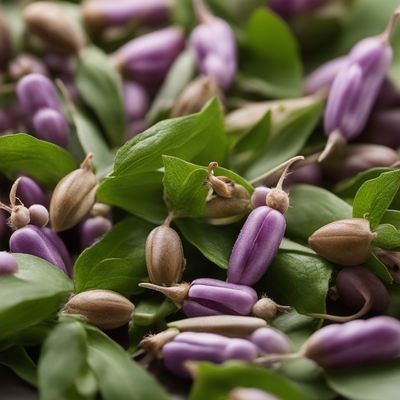
Monantha vetches (with pods)
The Podded Delight
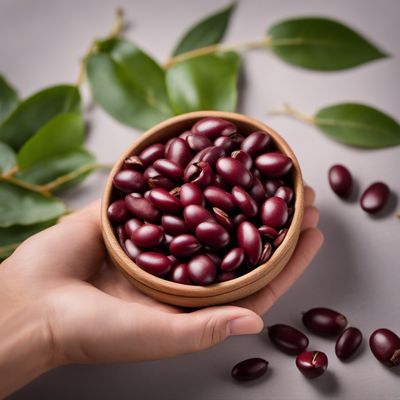
Azuki beans (with pods)
The Versatile Azuki: A Nutrient-Packed Legume with a Crunch

Rice beans (with pods)
The Versatile Delight: Exploring Rice Beans with Pods
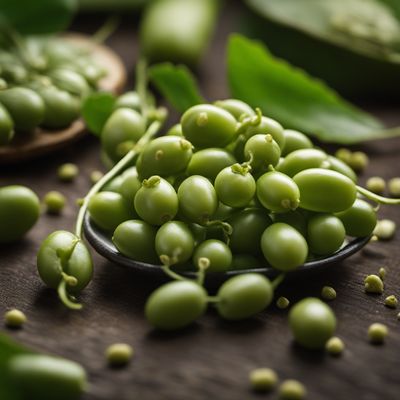
Mung beans (with pods)
The Versatile Green Gem

Soyabeans (with pods)
The Mighty Legume: Exploring Soyabeans (with Pods)

Guar beans (with pods)
The Versatile Guar Bean: A Nutrient-Rich Pod of Possibilities
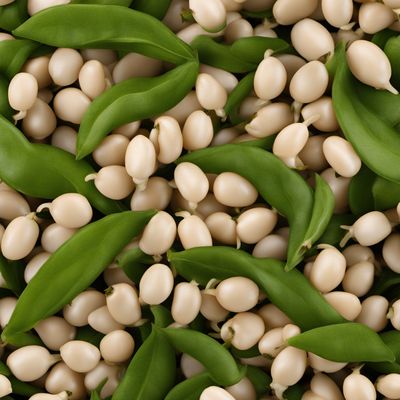
Black eyed peas (with pods)
The Versatile Delight: Exploring the World of Black Eyed Peas with Pods

Broad beans (with pods)
The Verdant Gems: Exploring the World of Broad Beans

African locust bean (with pods)
The African Umami

Stink beans (with pods)
The Pungent Delicacy: Stink Beans

